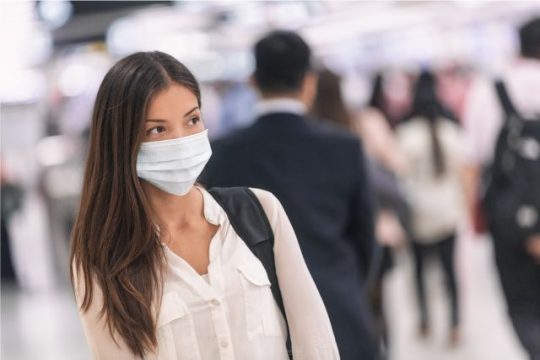This study recently published in JAMA showed that asymptomatic individuals infected with COVID-19 account for more than half of all instances of disease transmission.

This finding is key to direct resources in the right direction to manage the pandemic until safe and effective vaccines are available and widely used.
Severe acute respiratory syndrome coronavirus 2 (SARS-CoV-2), the etiology of coronavirus disease 2019 (COVID-19), is transmitted person to person. This has been rather evident since the beginning of the pandemic, even if it was not immediately reported.
We should redirect efforts to mitigate pandemic consequences towards asymptomatic COVID-19 infected people, who have the greatest probability of spreading the virus.
A statistical model was developed to calculate the probability of asymptomatic individuals spreading the virus in different scenarios and for a variable period of time according to different published studies (the median incubation period is 5 days).
Read also: Findings on Sputnik V Vaccine Against COVID-19.
Calculations included a fixed 10-day infectious period duration, and peak infectiousness was varied between 3 and 7 days.
The baseline assumptions for the model were that peak infectiousness occurred at the median of symptom onset and that 30% of infected individuals never develop symptoms. Asymptomatic individuals are 25% less infectious than patients with symptoms.
Based on these figures, we can state that 59% of all transmission events came from asymptomatic individuals, comprising 35% of presymptomatic individuals (i.e., people who can transmit the virus, but have not developed symptoms yet) and 24% from individuals who never develop symptoms.
Read also: Safety and Efficacy of the Pfizer-BioNTech Vaccine Against COVID-19.
Broadly speaking, it can be stated that more than half of all transmission events originated from individuals who, at the time, did not have any symptoms.
Conclusion
Around 59% of all COVID-19 transmission events came from individuals that had not developed symptoms at the time of transmission. As necessary as identifying and isolating symptomatic patients is, it is also important to reduce the risk of transmission from infected people who do not have symptoms.
In view of the above, the most cost-effective measures to be taken are using face masks, washing your hands, keeping social distancing, and conducting strategic screening tests.
johansson-2021-oi-201061-1609167267-68912freeOriginal Title:SARS-CoV-2 Transmission From People Without COVID-19 Symptoms.
Reference: Michael A. Johansson et al. JAMA Network Open. 2021;4(1):e2035057. doi:10.1001/jamanetworkopen.2020.35057.
Subscribe to our weekly newsletter
Get the latest scientific articles on interventional cardiology





